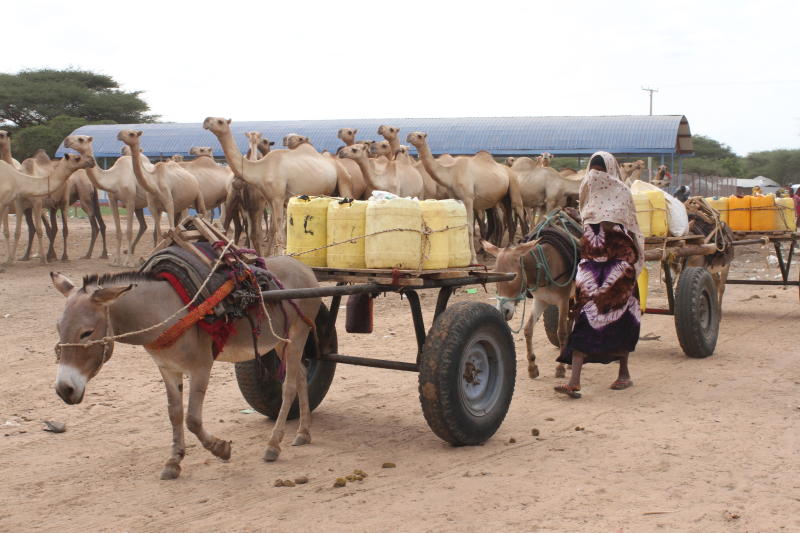×
The Standard e-Paper
Smart Minds Choose Us

A donkey is a domesticated animal that has been used by man as a helper for donkey years. However, the latest creative (mis)use of the beasts of burden as tools of terrorism is becoming a major source of concern among the country’s top security organs.
Only late last month, a suspected member of the Al Shabaab was killed as security officers intercepted a donkey carrying two AK 47 rifles and bomb-making materials at the main Kenya-Somalia border in Liboi, Garissa County.